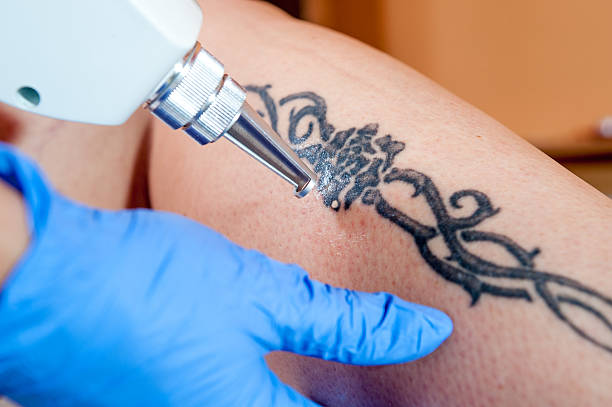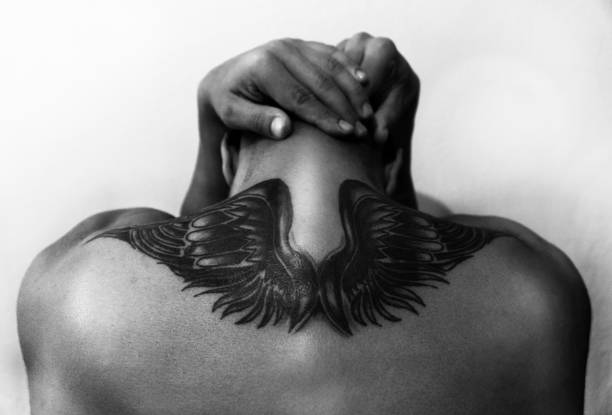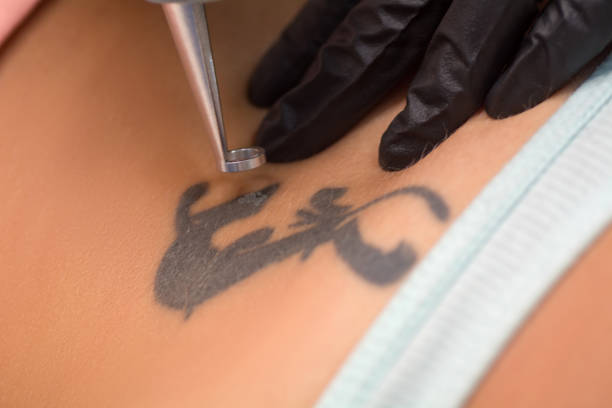
Laser Tattoo Removal
✹ LASER AESTHETICS NOW AT DYAI ✹ LASER AESTHETICS NOW AT DYAI ✹ LASER AESTHETICS NOW AT DYAI ✹ LASER AESTHETICS NOW AT DYAI ✹ LASER AESTHETICS NOW AT DYAI ✹ LASER AESTHETICS NOW AT DYAI ✹ LASER AESTHETICS NOW AT DYAI ✹ LASER AESTHETICS NOW AT DYAI ✹ LASER AESTHETICS NOW AT DYAI ✹ LASER AESTHETICS NOW AT DYAI ✹ LASER AESTHETICS NOW AT DYAI ✹ LASER AESTHETICS NOW AT DYAI ✹ LASER AESTHETICS NOW AT DYAI ✹ LASER AESTHETICS NOW AT DYAI ✹ LASER AESTHETICS NOW AT DYAI ✹ LASER AESTHETICS NOW AT DYAI ✹ LASER AESTHETICS NOW AT DYAI ✹ LASER AESTHETICS NOW AT DYAI ✹ LASER AESTHETICS NOW AT DYAI ✹ LASER AESTHETICS NOW AT DYAI
Laser Tattoo Removal with PSRx Body & Skin Laser Center
Laser tattoo removal is a highly advanced method for safely and effectively removing unwanted tattoos. Using powerful laser technology, this treatment can target tattoo ink deep within the skin, breaking it down so the body can naturally eliminate it over time. Laser tattoo removal offers a non-invasive, reliable way to reduce or remove tattoo visibility with minimal downtime.

How Does Laser Tattoo Removal Work?
Laser tattoo removal works by sending pulses of intense light energy into the skin. This energy targets and fragments the ink particles in the tattoo, breaking them down into smaller pieces that can be absorbed and naturally cleared by the body's immune system. This process requires multiple sessions, as each treatment lightens the tattoo until it becomes significantly faded or removed.
We use a PICO laser that produces ultra-short pulses to shatter ink particles more effectively than traditional lasers, treating a broader range of colors, including red, yellow, and orange.
The Advantages of Picolaser Technology
In summary, Picolaser technology has demonstrated several advantages over traditional laser treatments based on early data and studies. Some key benefits include:
- Fewer Treatment Sessions: While traditional tattoo removal methods may require 10 or more sessions depending on the colors being treated, Picolasers can often achieve effective results in fewer treatments.
- Reduced Discomfort: Clinical observations indicate that Picolasers tend to be less painful compared to Q-switched lasers, enhancing the overall patient experience during sessions.
- Enhanced Efficacy: Picolasers are particularly effective for clearing challenging colors such as greens and blues, making them a powerful option for comprehensive tattoo removal.

What Are The Benefits Of Laser Tattoo Removal?
Safe & Precise: Laser technology selectively targets the tattoo ink, minimizing damage to surrounding skin tissue.
Effective on Various Ink Colors: Advanced laser options can treat multiple ink colors, including black, blue, red, and green.
Minimal Downtime: Most people can return to their regular activities shortly after treatment, with only mild redness or sensitivity that subsides within a few days.

What To Expect During Treatment?
During each session, protective eyewear is provided, and the skin around the tattoo is cleansed. The laser pulses will then be directed onto the tattoo, which may feel similar to a rubber band snapping against the skin. A cooling device or gel is often used to increase comfort during treatment. Sessions typically last 10–30 minutes, depending on the tattoo’s size and complexity.

How Many Sessions Are Typically Needed?
Most tattoos require between 5–10 sessions for optimal results, with sessions spaced 6–8 weeks apart to allow the skin to heal and the body to process the fragmented ink. Factors such as tattoo size, age, ink color, and skin type all influence the number of sessions needed.

What Is The Aftercare and Recovery?
After each session, it's essential to keep the area clean, avoid direct sun exposure, and apply any recommended topical ointments. Some redness, swelling, or blistering is normal and should subside within a few days. Following aftercare instructions is key to promoting healing and ensuring the best results.
Laser tattoo removal provides a safe, effective path to fading or fully removing tattoos. If you’re ready to start your tattoo removal journey, reach out today to schedule a consultation with our expert team and discuss a personalized treatment plan tailored to your tattoo and skin needs.

Laser Tattoo Removal FAQ
What factors make tattoo's difficult to remove?
Several factors can affect the difficulty of removing a tattoo, including the type and color of the ink used. Generally, darker tattoos on darker skin types present more challenges compared to lighter skin types.
Additionally, the immune system can influence the tattoo removal process, as some individuals may have a more robust response to clearing ink particles. Tattoos that have previously undergone laser removal attempts may also become more resistant to subsequent treatments.
Furthermore, it’s important to note that certain inks are inherently more challenging to remove than others, which can impact the overall effectiveness of the laser removal process.
How many session will I require?
Determining the exact number of sessions required for laser tattoo removal can be challenging, as it varies based on individual factors such as tattoo size, ink type, and skin type. Many clients find that purchasing a laser tattoo removal package offers a more cost-effective solution compared to paying for each session individually.
What is tattoo ghosting?
Ghosting refers to the lighter area left behind after a tattoo is removed, which occurs due to photo-thermal changes affecting the melanocytes in the skin. However, clients who undergo treatment with picosecond technology typically experience less ghosting compared to traditional methods, resulting in a more even skin tone post-removal.
Is laser tattoo removal painful?
To ensure your comfort during treatment, our skilled practitioners apply a topical numbing gel and use cooling air technology, making your experience as smooth and pleasant as possible.
What will my tattoo look like immediately after treatment?
Immediately after treatment, the tattooed area may develop a light "frosting" effect, which gradually forms a crust as part of the healing process. Full recovery typically takes about one week.
How long do I have to wait to get another tattoo over the same site?
Clients are advised to wait approximately three months after removal before getting a new tattoo, allowing the skin ample time to fully heal.
